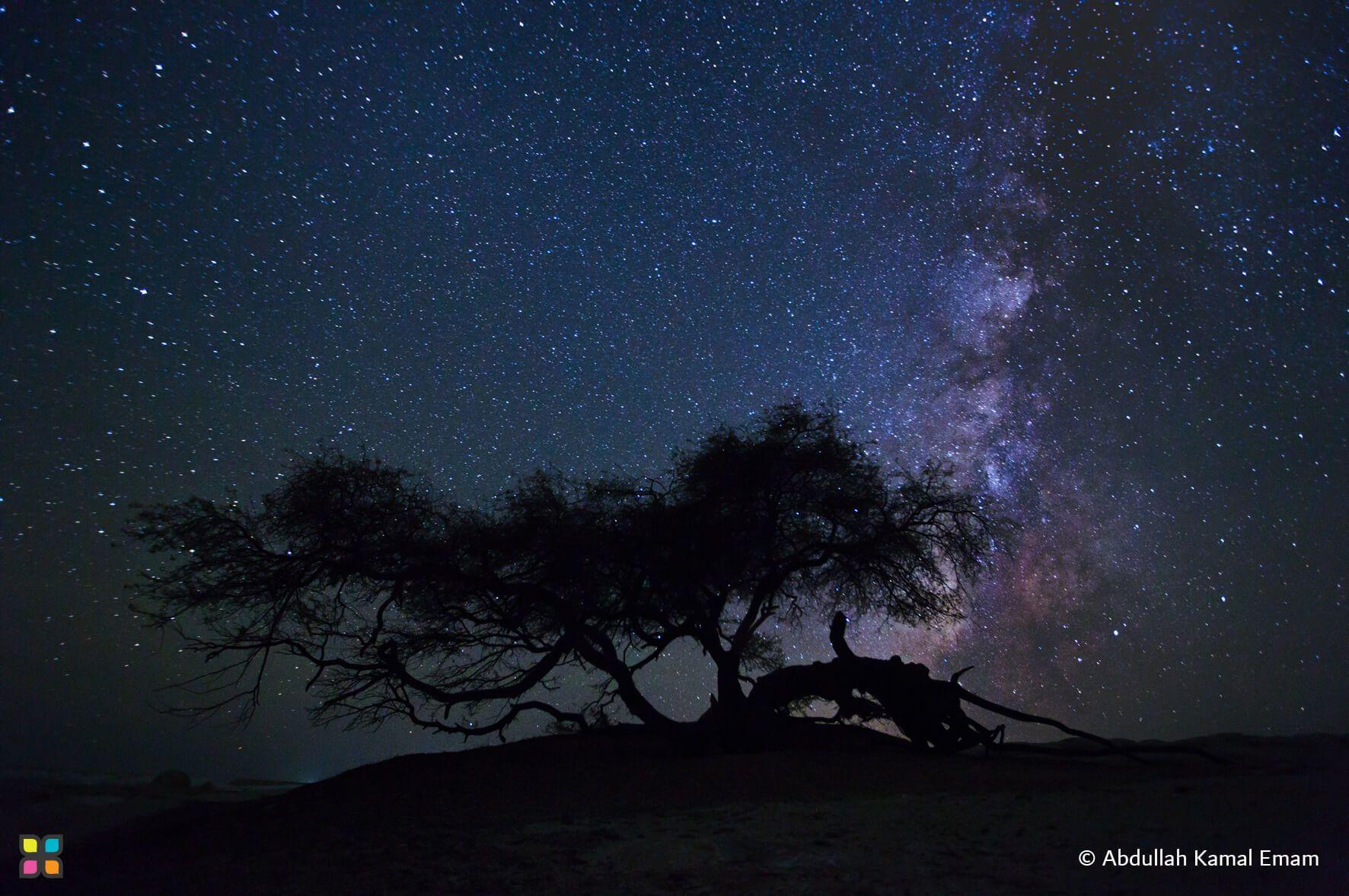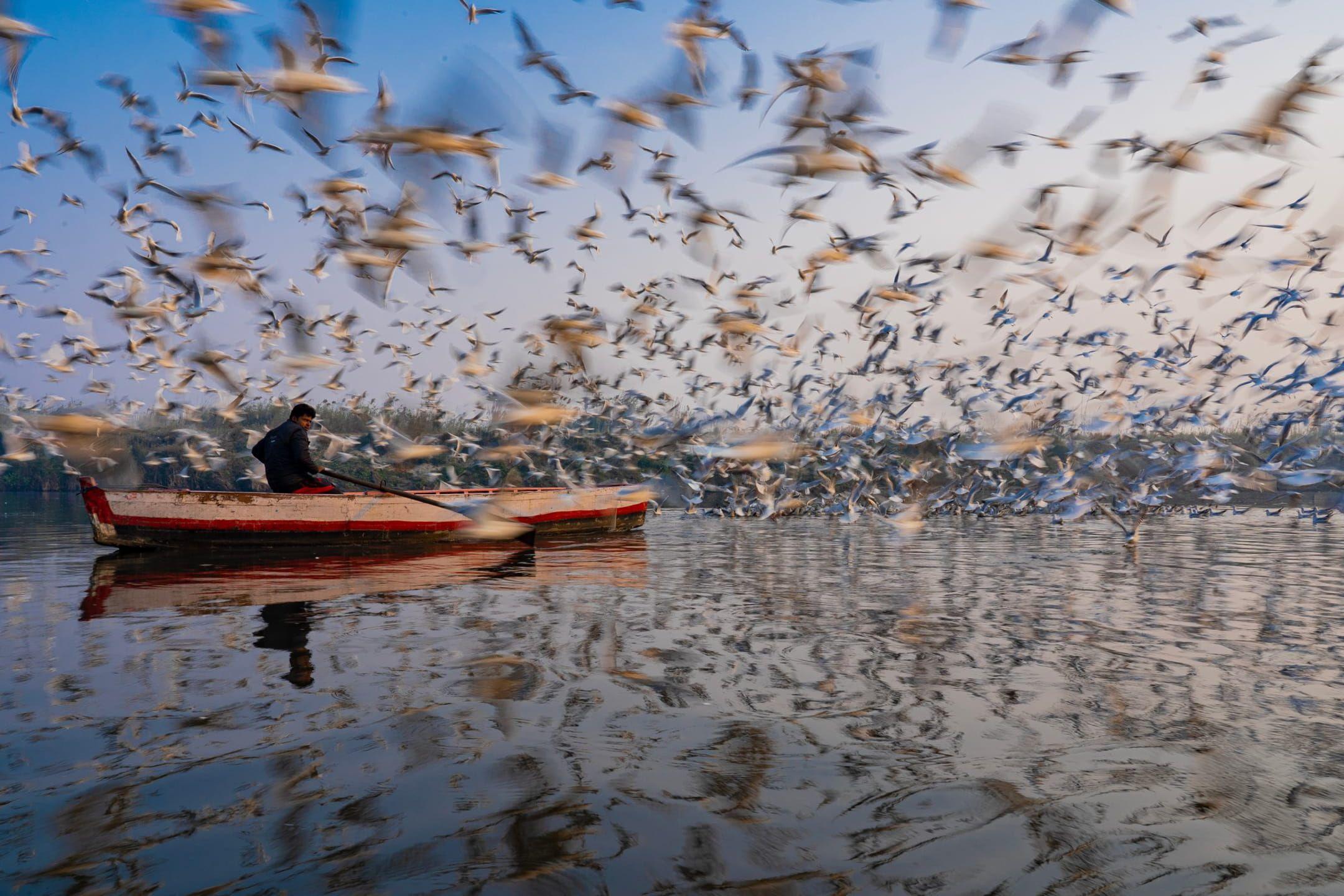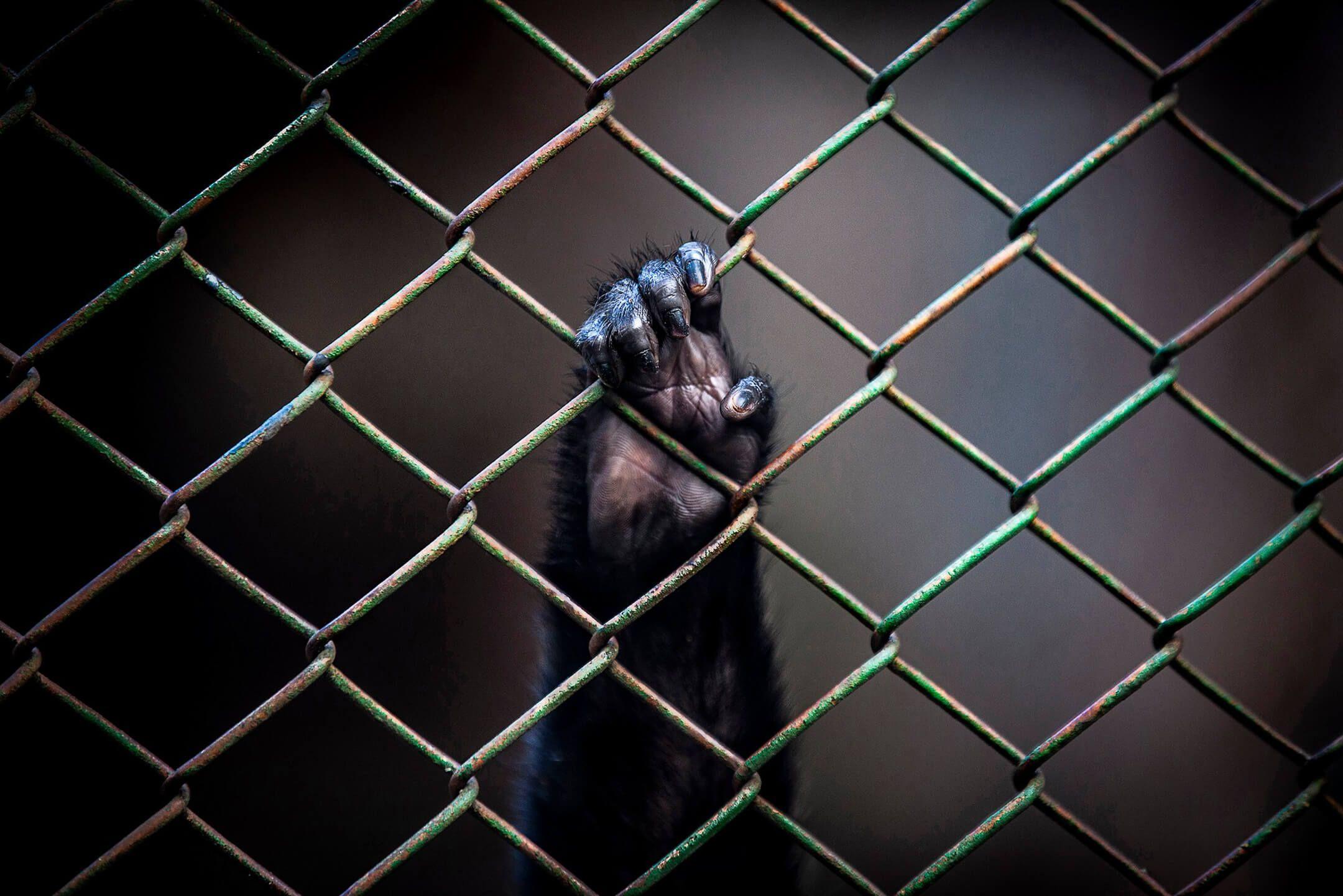For centuries, Little Egrets’ graceful and delicate neck plumes were sought after as highly desired accessories, which ultimately endangered them in the 19th century. Thanks to a concerned group of women in England, the unruly hunting, farming, and trading of Little Egrets were gradually regulated. Their number began to rise again during the 1920s.
Little Egrets are now found in a broader range of England and along Western European coastlines, and their numbers are increasing. It is time to ensure that these birds thrive in the most natural way possible.
When we think of elegant clothing or accessories, we are taught that they must be made using the cruellest methods on innocent, vital animals, as if the depth of inhumanity equals the authenticity of the goods.
As we witness, the egrets dance intricately, with their brilliant colours and textures, we realise how full of life they are.
Let nature dance on her own.
This award-winning photograph is from the seventh season, “The Moment”, of the Hamdan bin Mohamed bin Rashid al Maktoum International Photography Award (HIPA) Archive. The Climate Tribe has partnered with HIPA, leveraging the power of photography to inspire global awareness of sustainability and advance climate action.
Most Popular
The Climate Tribe delivers stories about Biodiversity and Conservation, Circular Economy, Food and Water , and how they intersect with climate.
Subscribe
Get the latest stories inspiring climate action around the globe straight to your inbox.







